If you’ve ever tried to cut calories, lose weight, or eat healthier, then you know the struggle is real: Hunger. It’s there to sabotage your valiant efforts to improve your health. You feel like your healthy food isn’t keeping you full, you’re starving at your next meal, and find yourself binge-snacking (or day dreaming about it) and wondering if you will ever lose this weight. Whether you’re trying to lose 100 lbs or thinning out a bit for your beach trip, you need a plan of attack to help you survive this adjustment period. Incorporating these 20 foods that make you feel full into your diet will keep you comfortable while you’re on this healthy eating journey! They can help suppress your appetite and keep you from feeling starving between meals!
At the end of the post I’ve included some top-notch healthy tips to help you avoid hunger as well!
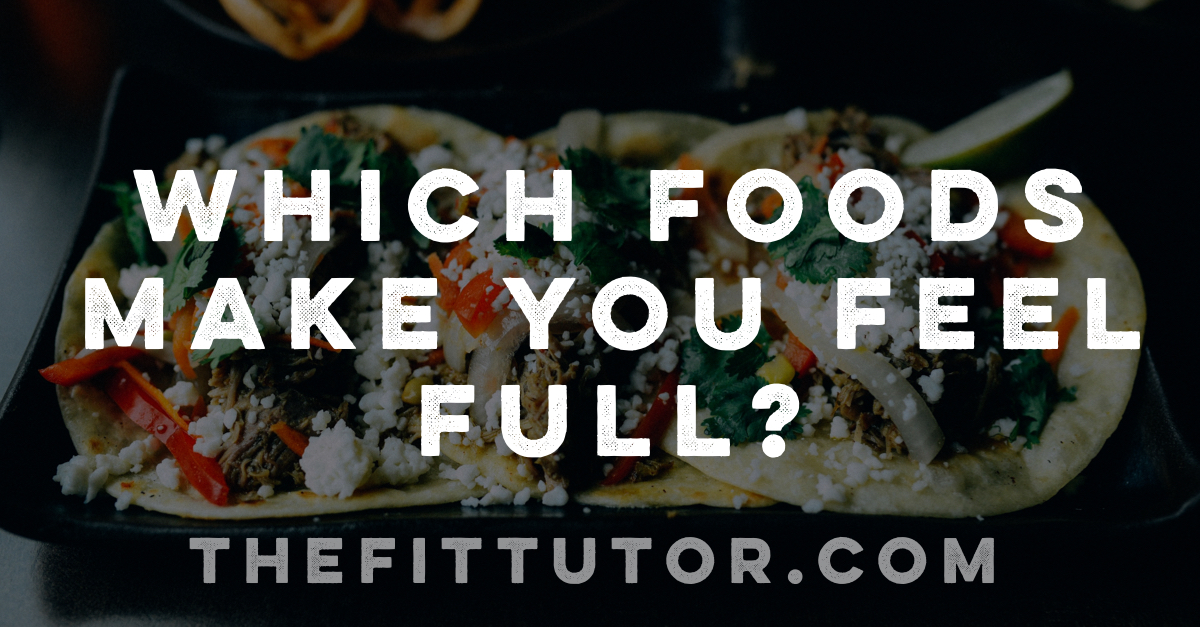
What Helps You Feel Full?
Before we dive into specific choices, let’s look at a brief overview of what’s in your food that will help prevent hunger and keep you fuller for longer.
Fiber
Foods with fiber help provide volume in your stomach to promote satiety, and they take longer to digest, so you’ll feel full for longer! They are usually foods that are lower in calories, too, so that’s a win-win.
It’s recommended that women shoot for 25g/day and men 38g/day; however, I suggest you increase slowly if you’re not currently eating much fiber. Too much too soon can cause bloating and discomfort. It’s a great addition to your diet, but start out slowly.
Protein
Recent studies are finding what many people already believed to be true: consuming protein at meals helps you feel and stay full. It influences our satiety hormones which tell our body that we don’t need more food.
Bonus: having it for breakfast has shown to help you decrease your calorie consumption for the rest of the day!
Side note: meat is a great source of protein if you’re an omnivore. All meats aren’t specifically mentioned in this list, but any lean meat would be a great addition to your diet!
Fat
When fat enters the small intestine, it decreases appetite and increases fullness. Cutting all fat from your diet is not the way to lose fat. Consuming up to 40% of your calories from fat can be a part of a healthy diet- – the key: it’s all about fat balance. Fat balance refers to eating saturated fat (which most Americans get too much of) with mono and polyunsaturated fats (think: avocado, salmon).
Try to add some healthy fat to each meal, but watch your portions! Shoot for 1-2 thumb-sized portions per meal. This will help you to take advantage of the appetite control it offers while not putting on pounds.
Exercise
I know for some of you, adding exercise into your life makes you feel starving. However, studies show that working out can decrease your appetite for up to two hours after! It can help decrease levels of hunger hormones and increase levels of fullness hormones. And, it’s part of a healthy lifestyle and weight loss regimen, so don’t be afraid to sweat a little!
Now, let’s talk specifics.
20 Low Calorie Foods that Make You Feel Full
Adding these foods to your diet and utilizing the tips below can help you stay within your calorie or portion guidelines and not feel miserable in the process! Choose the ones that will work for your tastes and schedule. Don’t be afraid to try new things!
1. Cruciferous Veggies
Veggies like broccoli, cauliflower, Brussels sprouts, kale, arugula, cabbage and the like boast cancer-fighting abilities and are packed with nutrients and fiber. They are low-calorie options that will help you feel and stay full.
I love adding cauliflower rice to curry, burritos, and as a side dish replacing regular rice. I like to prep Brussels sprouts to sautée with my eggs in the morning for a protein-packed, fiber-filled breakfast! Red cabbage makes a great crunchy addition to any meal, and the leafy greens can be added to salads, smoothies, and soups to help fill you up!
2. Eggs
Eggs have both protein and fat, and are a powerhouse choice for breakfast. And don’t be afraid of the yolks! If you’re concerned about having too much fat, pair eggs with egg whites or balance out the saturated fat in eggs with the unsaturated fats in an avocado. Studies show eggs for breakfast can help keep you full and consume less calories throughout the rest of your day!
3. Oatmeal
Oats can be a warm, filling option with both protein and fiber. Not all oats are created equal, so opt for plain and add your own mix-ins. Great options are protein powder, nuts, coconut, and fresh fruit. Read your labels and avoid oatmeals high in sugar. They will have the opposite effect, making you hungrier and adding to your waistline.
4. Nuts and Nut Butters
Nuts and nut butters are filled with healthy fats, protein, fiber, as well as other nutrients. A handful of nuts makes a great snack between meals, and spreading some tasty nut butter on an apple or banana can help keep you full! Almond butter is a great choice– it has more calcium and fiber than peanut butter. Portion control is key- these calories add up fast, so have some accountability with your snack sizes.
Speaking of portions, pistachios are a great choice if you want something filling to snack on between meals. They have a healthy fat profile and you basically can eat double the amount of pistachios than almonds for the same amount of calories. Party on!
5. Whey Protein
Consuming whey protein has been linked with feeling fuller throughout the day and consuming less calories. This benefit is realized the most when consumed at breakfast, but whey is always a good choice for fullness. Opt for organic, grass fed whey if possible!
You don’t have to rely on a protein powder or drink, you can find whey in milk/chocolate milk, cheese, cottage cheese, and yogurt, too.
6. Greek Yogurt
Speaking of yogurt and whey, Greek yogurt is an excellent source of protein, and a great choice for breakfast or a snack to keep you feeling full! I always recommend choosing organic, grass-fed dairy if possible. If choices are limited, look for no antibiotics or rbst-free yogurt.
Full-fat dairy rocks, but you’ll have to watch your fat consumption in the rest of your diet if you choose this type of dairy. Also, opt for plain and add your own toppings or sweeteners because flavored yogurt has tons of sugars! Whole or 2% yogurt can be a good choice if you can’t handle the taste or texture of Greek yogurt. Kefir can be a filling option, too.
7. Certain Fruits
Fruits can be a filling choice when they have lots of fiber and don’t skyrocket your blood sugar. They can help ward off cravings, as well. Fruits filled with pectin can help control your appetite because pectin turns into a gelatinous mass that takes up more space in your stomach and creates the feeling of satiety. The fruits listed are high pectin, fiber, or both!
- apples
- bananas
- raspberries
- blackberries
- pears
8. Salmon
Salmon is chock full of healthy fats and is a great source of protein- both which help you feel full. A 3 oz fillet packs more than 20g of protein and over 2g each of healthy poly- and monounsaturated fats! Pair with some of the veggies mentioned and you’ll avoid late night snacking.
Most meats are full of protein (and some, fat) so foods like chicken, turkey, and grass fed beef will also be healthy, filling sources as well!
9. Vegetables
Veggies rock for so many reasons, but for this post they rock because they are filled with fiber, nutrients, and can help keep you full for a minimal amount of calories! Adding veggies to meals, soups, smoothies, or eating as snacks is an awesome way to keep hunger from sabotaging your weight loss efforts! If eating raw, think about dipping into hummus or Greek yogurt dip to add some protein to your snack.
In addition to the cruciferous veggies mentioned earlier, carrots, celery, spinach, peppers, and artichokes can be very filling. Potatoes and rutabagas are also good options, but beware of portions if trying to lose weight since these may be high in carbs.
10. Cheese
Cheese contains protein and fat to help fill you up. Be mindful of portions, since calories in cheese can add up quickly. Add to meals or pair with veggies for a filling snack.
11. Soup
Sometimes I think weight loss is easier in the winter because the hubs and I just want “warm soup belly” all the time. We live off broth-based soups, and pack them with spices, veggies, and protein so we don’t miss the creamy (read: fattening) variety. Fill your soup with protein and fiber, and the warm sensation can help you feel fuller with minimal calories! Top with avocado if it pairs with the soup for a healthy meal trifecta.
12. Avocados
Speaking of, avocados also help keep you full. A study showed that eating a half of an avocado at lunch helps you consume less calories the rest of the day and feel more satisfied. Adding avocados to smoothies, salads, tacos, eggs, etc is a great way to help you ward off hunger and help you keep a healthy fat balance.
(Side note: a half of an avocado is more than the portion sized I mentioned earlier, so keep that in mind when consuming fats the rest of your day!)
13. Lentils, Beans, and Peas
Full of protein, fiber, and other nutrients, legumes are great at helping control your appetite without a lot of extra calories. They’re higher in carbs than many others mentioned in this list, but are still a great choice. Research is showing that people who consume legumes at a meal note they feel significantly full.
14. Fermented Foods
Fermented foods promote healthy gut bacteria, which can help improve communication between your gut and your brain. Consuming foods like kimchi, sauerkraut, pickles, and other fermented foods can help your stomach tell your brain you’re full in a more efficient way! They can also improve digestion and help with depression and anxiety. Adding these to your diet may or may not make you immediately feel full, but are a part of a long-term plan to help with your weight loss.
15. Healthy Grains
Healthy whole grains like barley, quinoa, buckwheat, black rice, and organic whole wheat (like fiber or protein-enriched pasta) can be really helpful at at keeping you fuller longer. The fiber and nutrients won’t skyrocket your blood sugar like other carbohydrates and can help you make it to your next meal without binging!
Pro-tip: Shoot for 1 cupped handful of carbohydrates for women and 1-2 cupped handfuls for men to get the appetite control benefits without water retention and weight gain.
16. Hot Tea
Drinking hot tea after a meal or in between meals can give you the feeling of being full without consuming extra calories. Sometimes we mistake the feeling of dehydration for hunger, and warm belly, as mentioned earlier, can make you feel nice and full. Caffeine can temporarily decrease your desire to eat, and choosing your tea wisely can help you with your weight loss goals! (I would caution you to beware of having too much caffeine.)
Green tea is shown to help increase fat burn, and teas that have things like ginger, lemon, or turmeric can improve your overall health and digestion!
17. Water
As mentioned above, we can sometimes get snacky when we’re feeling dehydrated. Drinking plenty of water throughout the day (whether hot or cold!) can help decrease hunger and cravings.
18. Seeds
Adding healthy seeds to meals, salads, yogurt, or smoothies can help you ward off hunger. Seeds like flax, chia, hemp, sesame and pumpkin are filled with nutrients, healthy fats, and fiber to help you control your appetite. These calories add up, so I’d recommend measuring out a tablespoon or so and be mindful of portions!
19. Green Smoothies
Green smoothies are a great way to sneak in some of the vegetables or fruits mentioned that help keep you full. Add in whey (or vegan) protein and healthy fats like chia or hemp seeds to maximize feelings of satiety! You can turn a smoothie into a whole meal or just a snack. It’s a great lower-calorie way to fight off hunger while promoting weight loss and getting in the nutrients you need.
20. Dark Chocolate
If you’re reaching for something chocolatey after a meal, go for dark chocolate with a higher percentage of cacao instead of milk chocolate. Not only does dark chocolate increase fullness, it also contains magnesium and can help reduce blood pressure!
This can also be a great afternoon snack if feeling stressed at work; dark chocolate has been shown to decrease feelings of anxiety, too.
Pick foods from this list for meals or snacks and give them a try. Note how they make you feel, and proceed from there. Try new things and at different times. Losing weight doesn’t mean you have to feel hungry or irritable or like you’re depriving yourself each day! These appetite controlling foods can go a long way in helping you reach your goals. Combine them with these tips below to feel like a pro and be the envy of all your friends ;)
Tips to Help You Feel Fuller Longer
Here are some tried-and-true tips to help you feel full for longer!
Use Smaller Plates
Research shows this tricks your brain into thinking you’re eating more food than you really are. People who use smaller, blue plates consume on average 22% less calories per meal! This simple trick can really add up!
Eat Slowly
It takes anywhere from 10-30 minutes for your stomach to send signals to your brain telling you to stop eating. Eating slowly can improve your digestion, help you enjoy your meals more, and give your body time to communicate. A goal to work toward is 80% full at each meal!
- Put your fork down between bites
- Watch the clock or set a timer
- Have a conversation
- Don’t eat in front of the TV
- Set reminders in your phone to eat slowly
Eat Before You’re Starving
You should eat enough food so that you’re hungry after about 3 hours or so- but not starving! If you find yourself starving after just a few hours, you may need to eat more during meals. Plan ahead and bring a healthy snack to help ward off feeling hangry during the day. When your blood sugar drops, it’s common to want to eat too much, too quickly. Plan ahead and time snacks wisely to prevent overeating.
Be Mindful of Liquid Calories
Liquid calories can often increase hunger by increasing your blood sugar and insulin levels. Choose flavored sparkling waters or healthier sodas instead of juice or regular soda to help keep your hunger levels under control.
Take Advantage of Filling Spices When You Cook!
Spices like cinnamon, cayenne, and chili powder can increase feelings of fullness. It’s thought that cinnamon (and even vinegar!) has the potential to help you to digest your food more slowly, keeping you fuller longer. Cayenne and chili powder are known for increasing fullness and boosting your metabolism.
A study in the journal Appetite showed that adding 1/4 tsp chili pepper to each meal increased satiety with meals, even for people who didn’t consume 100% of their allotted daily calories! Although I wouldn’t strategize a whole weight loss plan around these, adding them to meals, soups, granola, yogurt, etc is a great tool in fighting hunger.
Putting It All Together
Don’t just read this list, put it into action! Highlight the foods that will work for your tastebuds and lifestyle and make a plan. Here’s an example of a healthy day of eating with filling foods- portions would vary depending on your size/gender!
Breakfast
Scrambled eggs and egg whites with sautéed veggies for breakfast, topped with cheese and avocado. Pair with a banana or organic whole wheat toast for some filling carbs.
AM Snack
Greek Yogurt (plain) topped with fresh raspberries
Lunch
Chicken burrito bowl: black rice or quinoa, veggies, cheese, guacamole, salsa, topped with red cabbage
(chicken cooked in chili powder and cayenne! Boom!)
Afternoon Snack
Small greens smoothie or broccoli and carrots dipped in hummus
Dinner
Salmon, Brussels sprouts, and side salad with an olive oil vinaigrette
PM Snack (optional)
Hot tea, flavored sparkling water, or a piece of dark chocolate (if the caffeine won’t affect you!)
You’ve Got This!
There are plenty of options to choose from, but that’s just one example of how you could put together a day of healthy eating. If portions are confusing, you need accountability, or if you’re like what the heck is a protein or a carb, then consider taking my Nutrition Course! It will help you to make the healthiest choices, no matter the situation.
It might help to keep a food journal- using an app or scribbling in a journal!- to help you realize in the moment if these foods are helping, and if you’re actually following the tips or scarfing down each meal. If you find one doesn’t work for you, then take note, and try a different one. Or by journaling you might notice that a certain amount of a particular food works and it’s the portion that makes all the difference!
I would love to hear in the comments what foods are your go-to’s for feeling full. This list will be a great weapon in your weight loss arsenal! Keep going, my friend!
Psssst: If fighting hunger and/or being healthy is your goal, download my free Real Food Reset Meal Plan– dinner’s ready in 30 min or less ;)
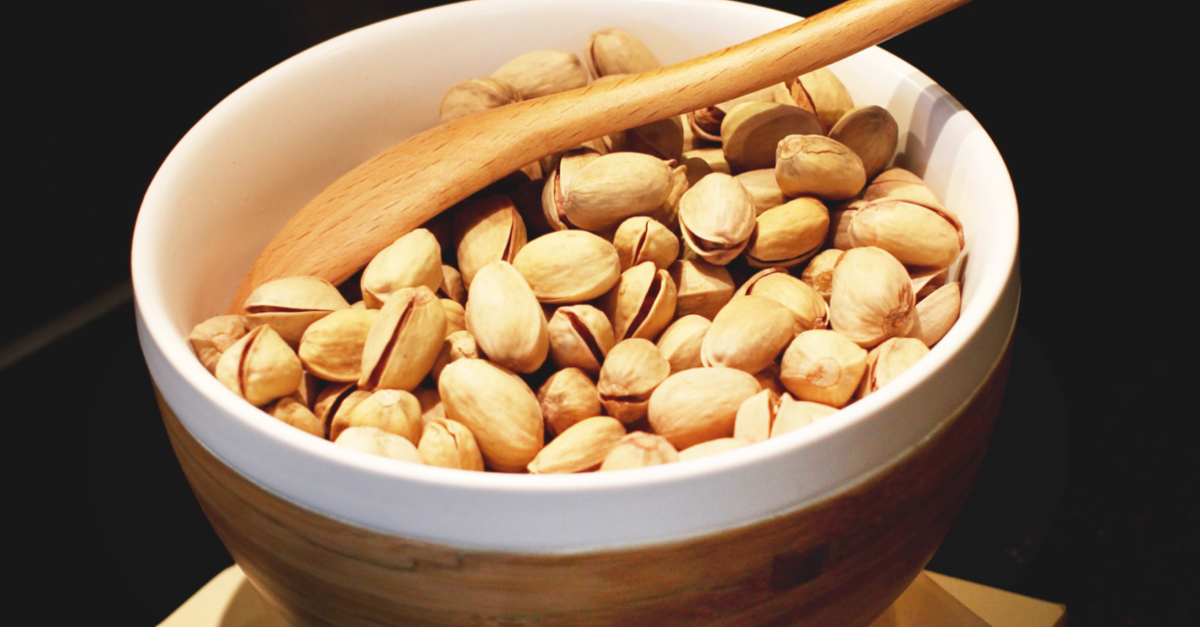
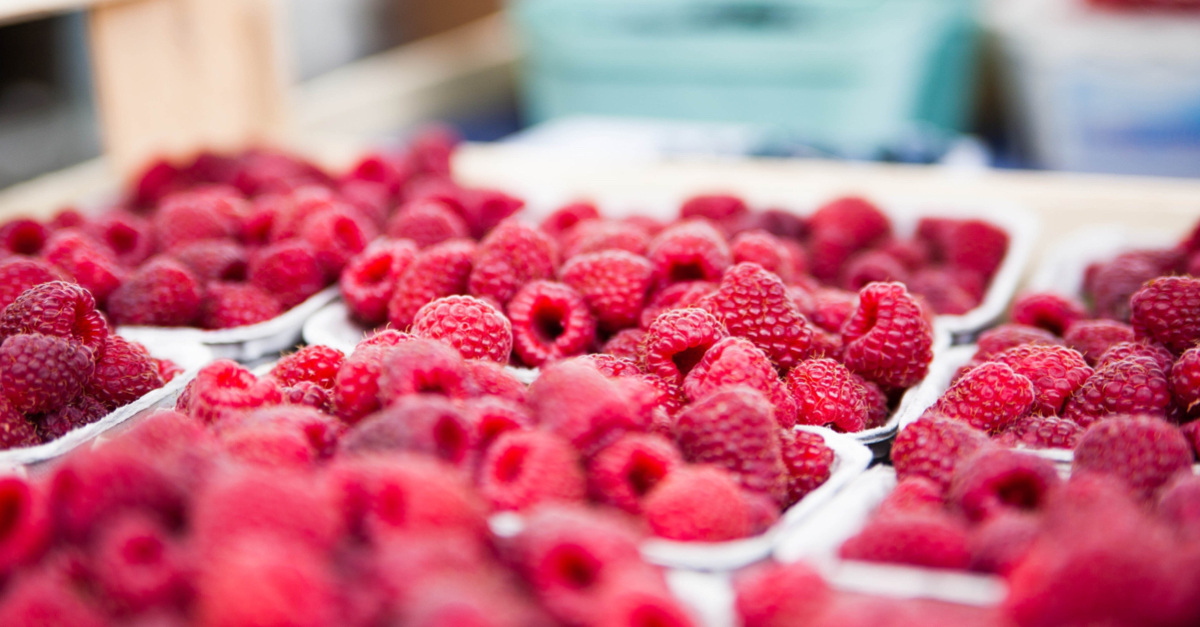
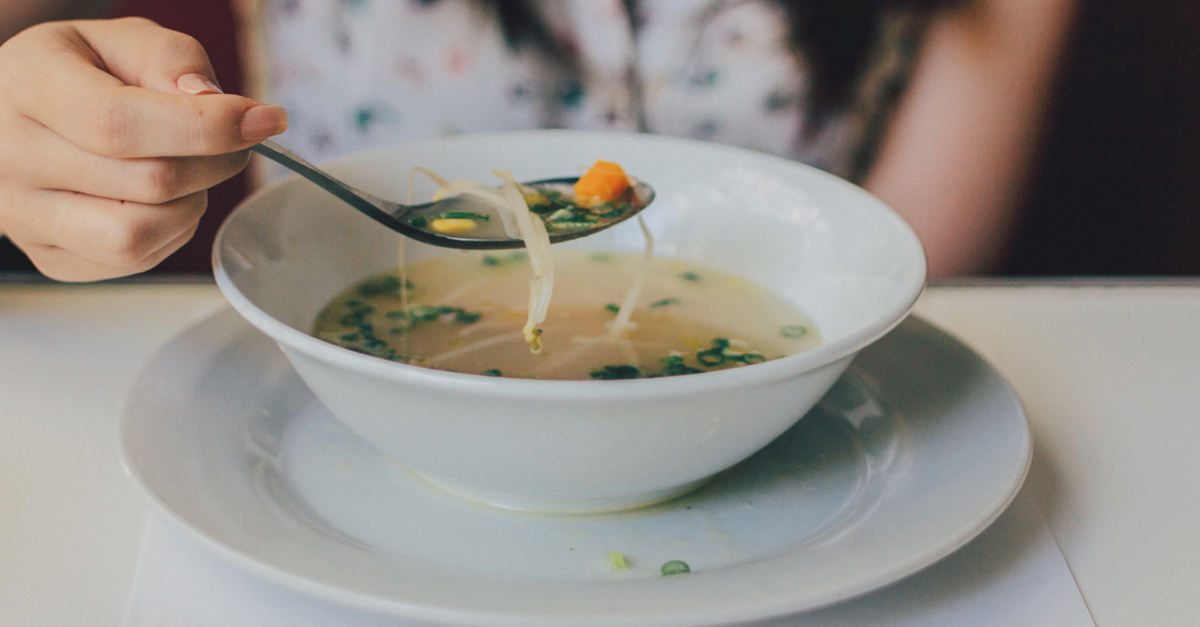
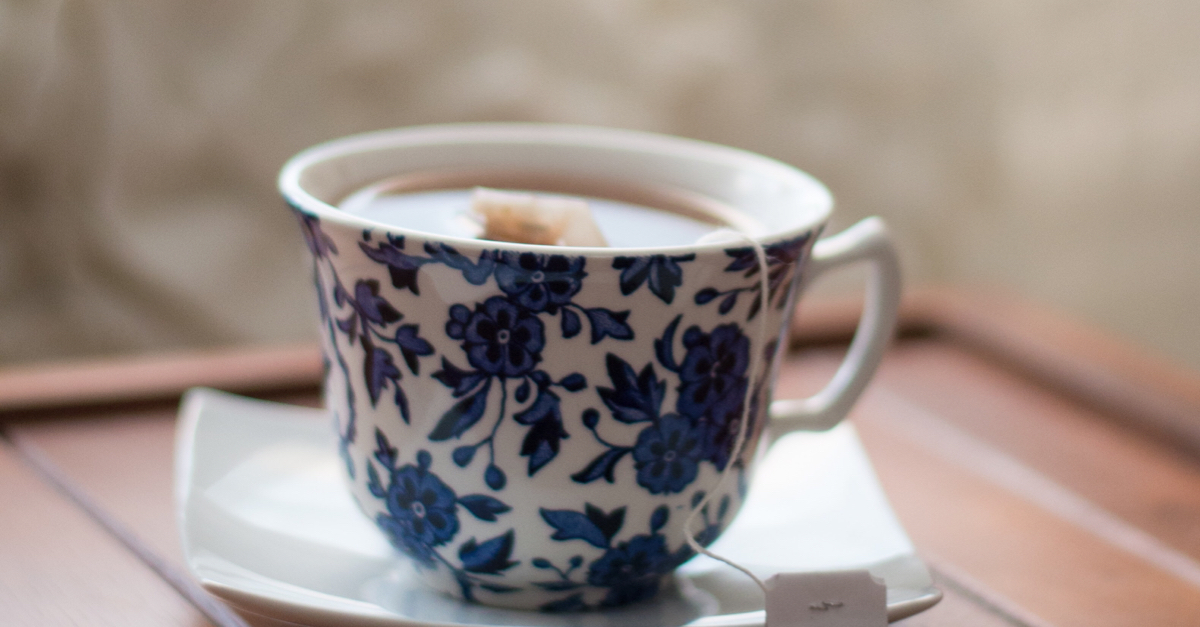
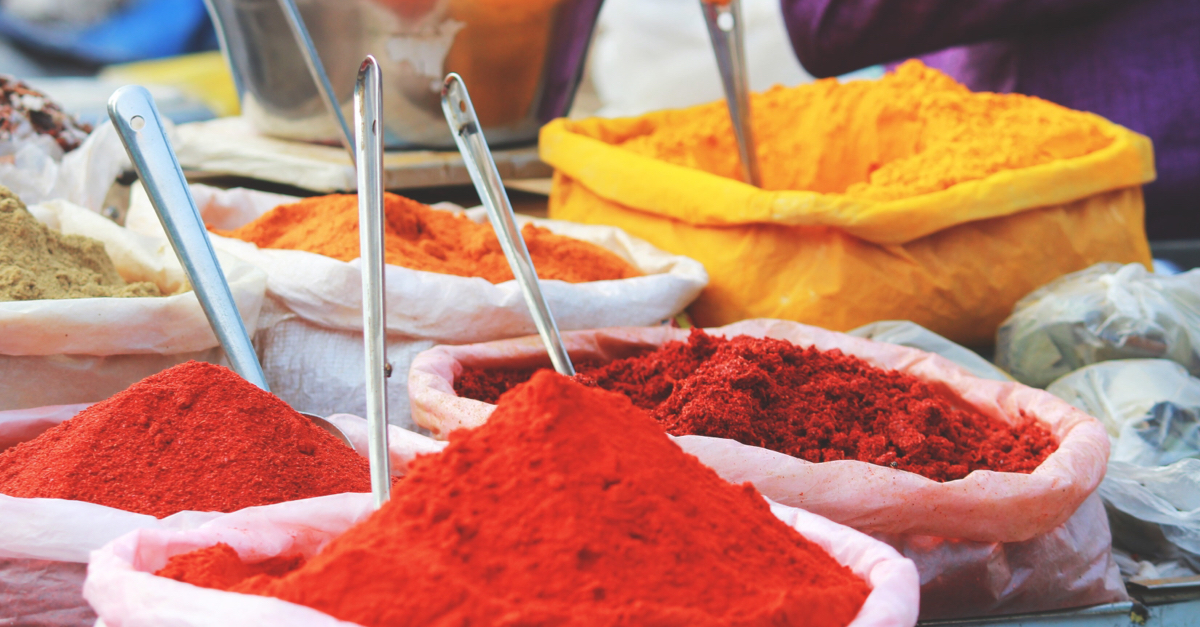
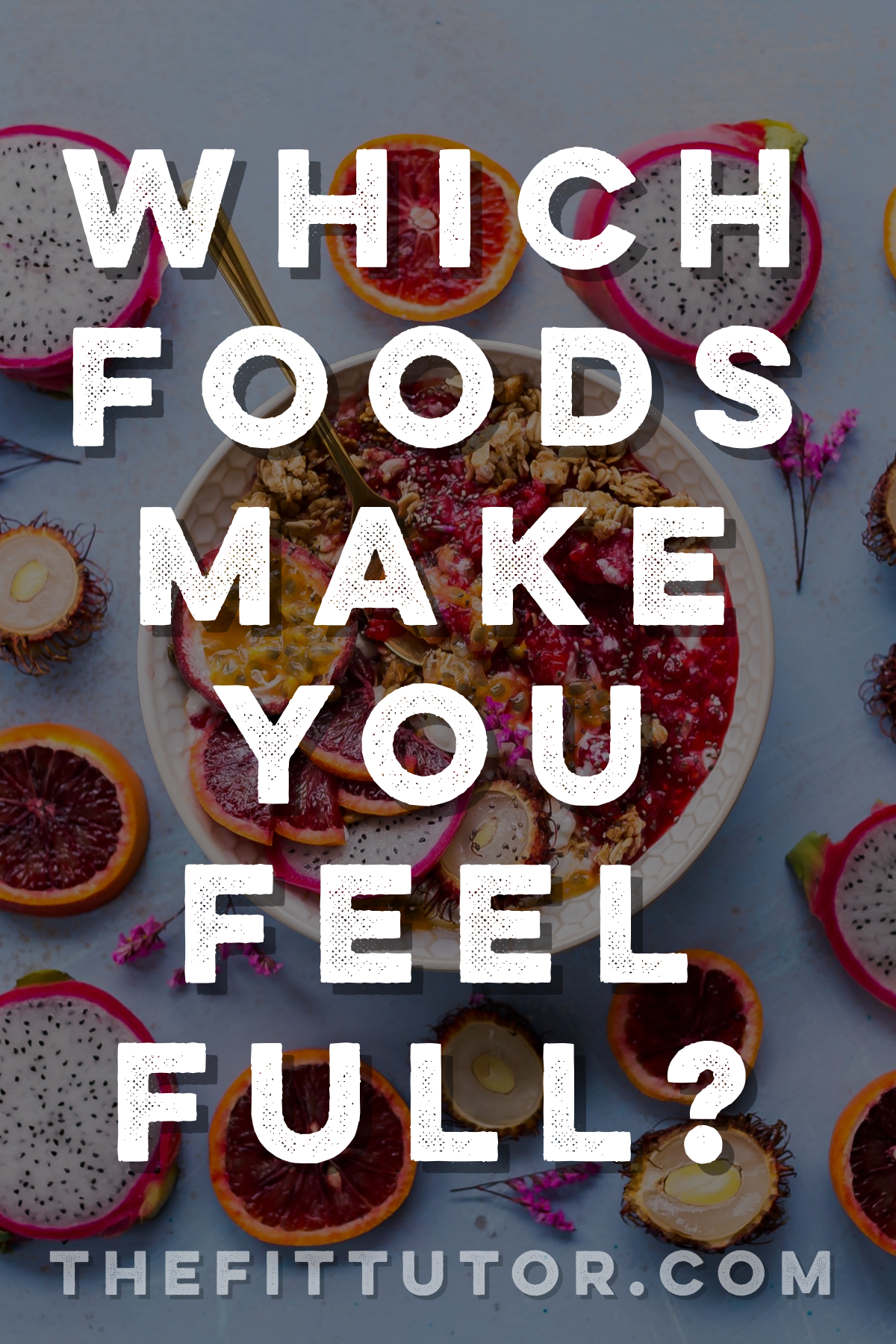

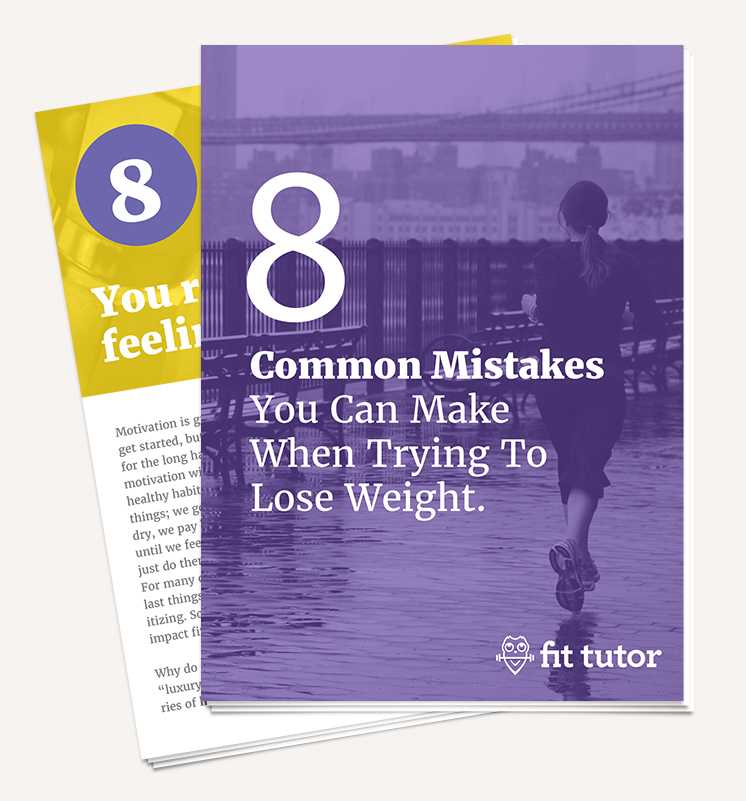
Thanks for the meal plan. Im on a diet and ive been struggling with my meal plan. I can follow your suggested meal plan here. thanks for sharing kudos
This is very detailed and informative! I started eliminating junk foods and other unhealthy foods from my diet since last year and switched to a healthier diet. I eat most of the foods listed here, especially avocados, nuts, green smoothies, and of course, lots and lots of water.
That’s so awesome that you’ve worked to eliminate junk foods and have found some good foods that you enjoy! :)
This blog about 20 Low Calorie Foods That Make You Feel Full has helped me a lot,
is very well written. I used this fat burner product: https://s96.me/fit and I reached the ideal weight.
Kiss you All!
Great post, informative. I have also written a post on low calories filling foods and created an infographic. if you embed that infographic into your blog post that way people can understand the data and message easier, If you use it, feel free to link back to my site